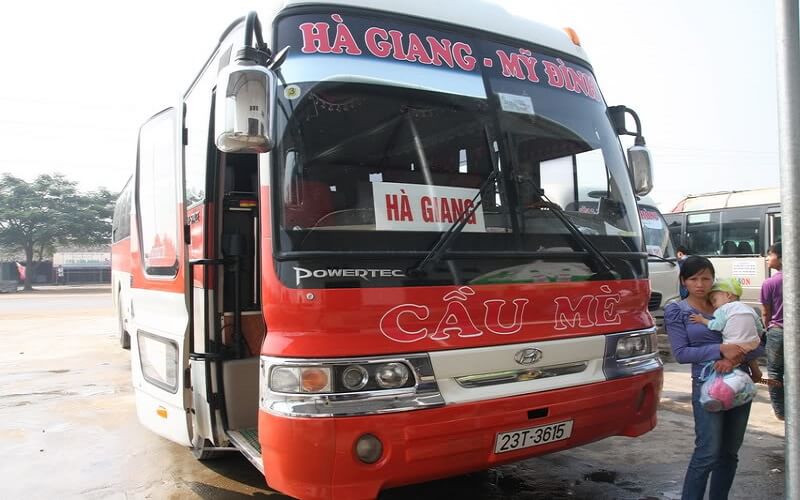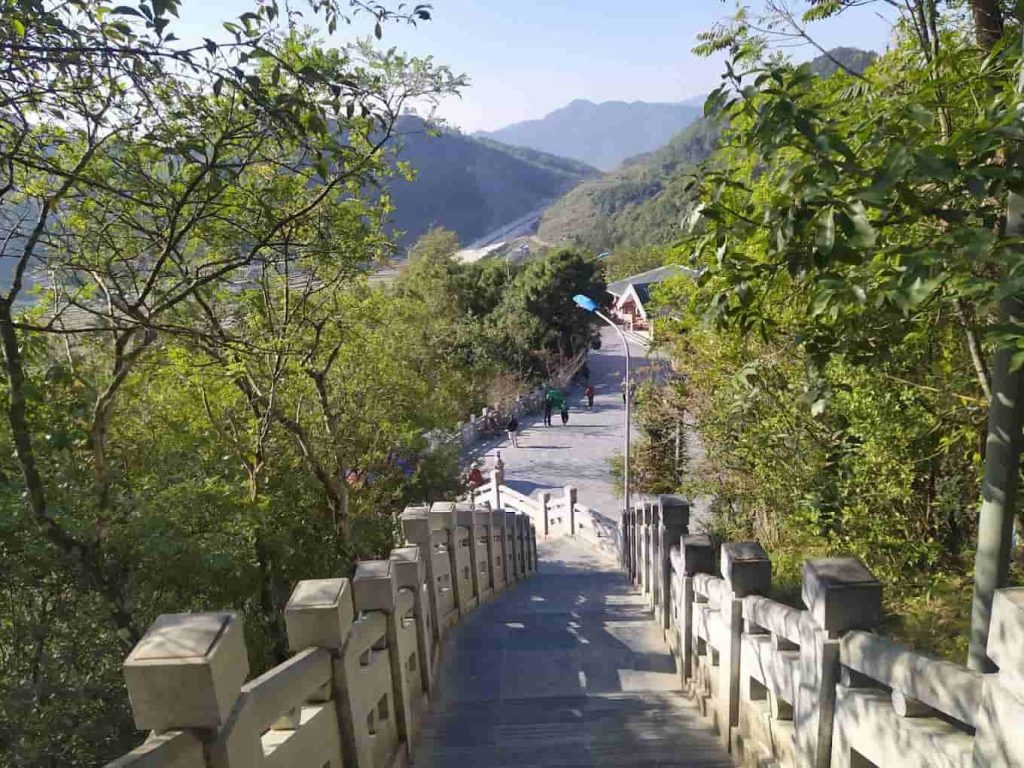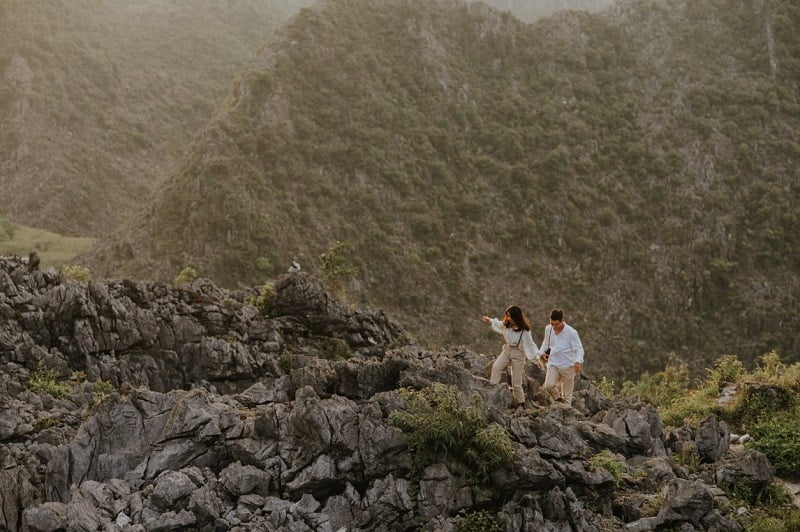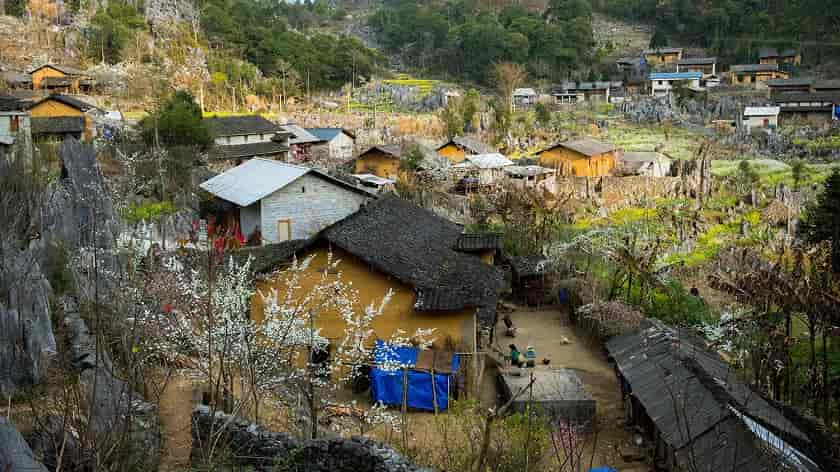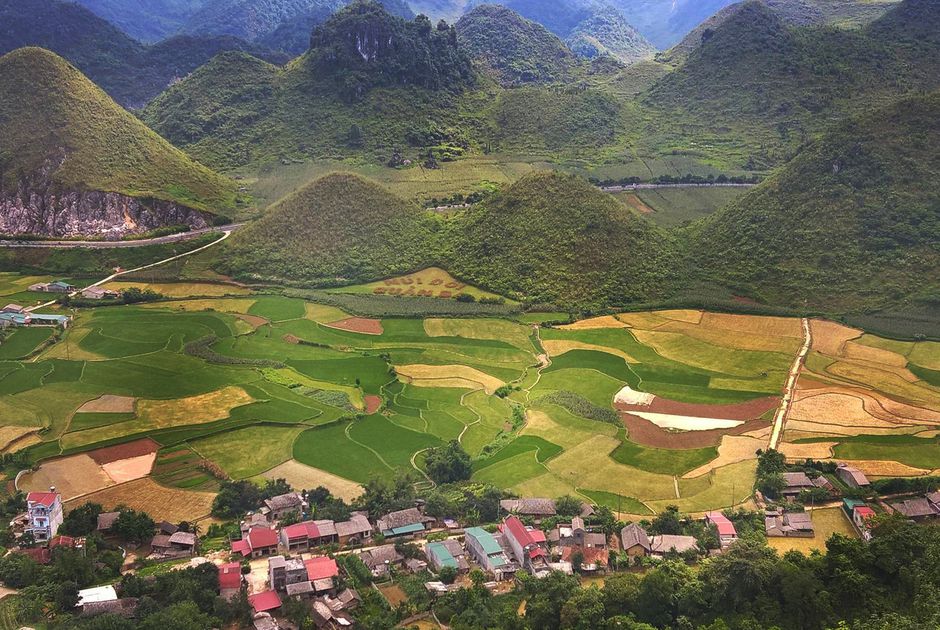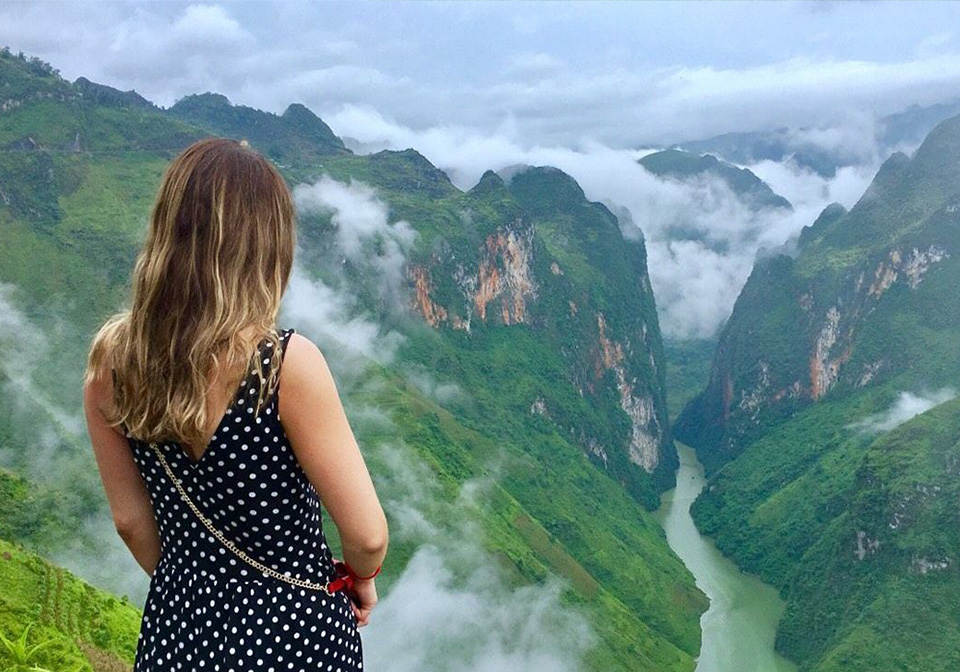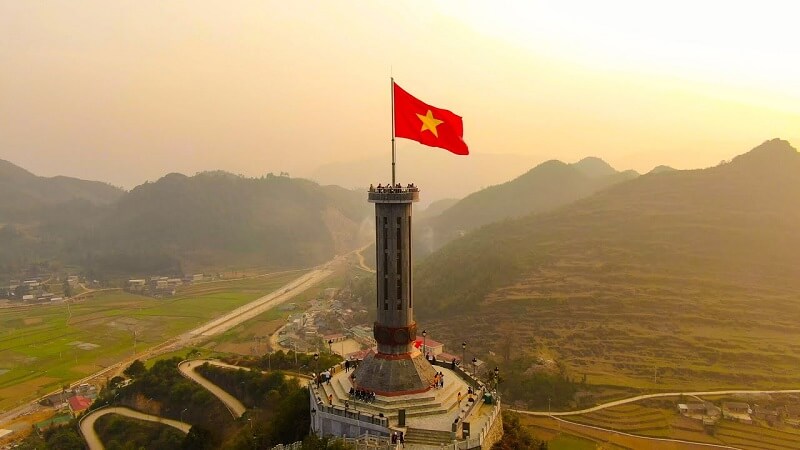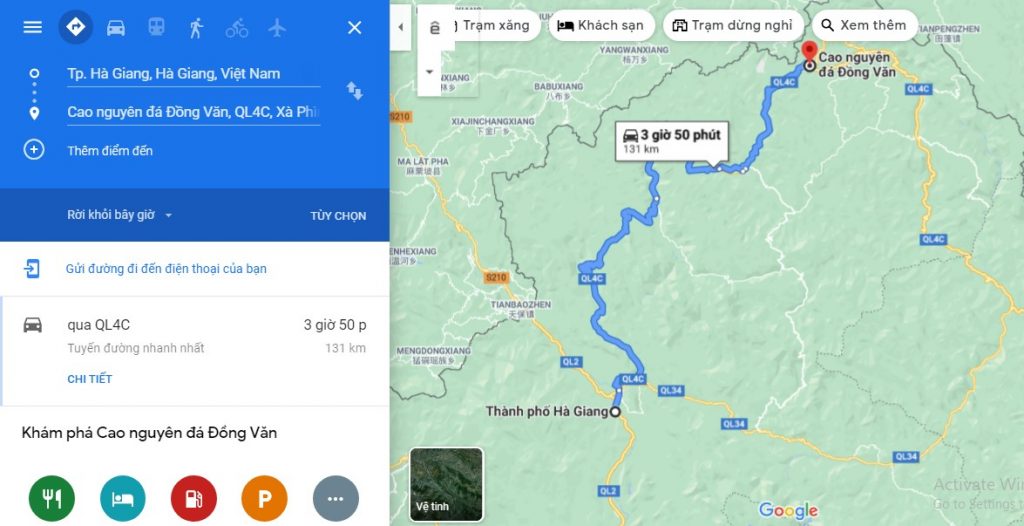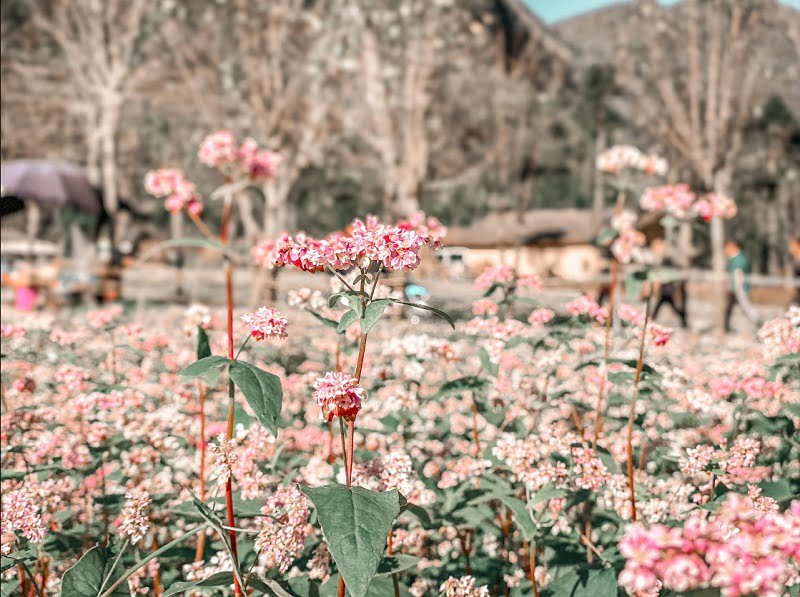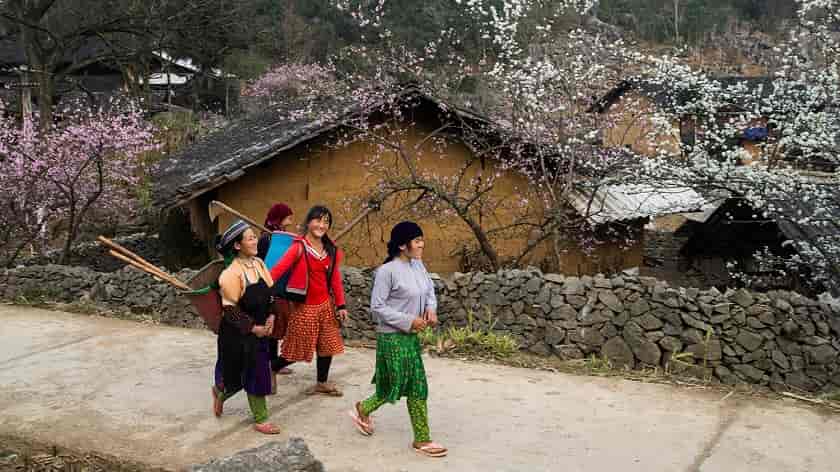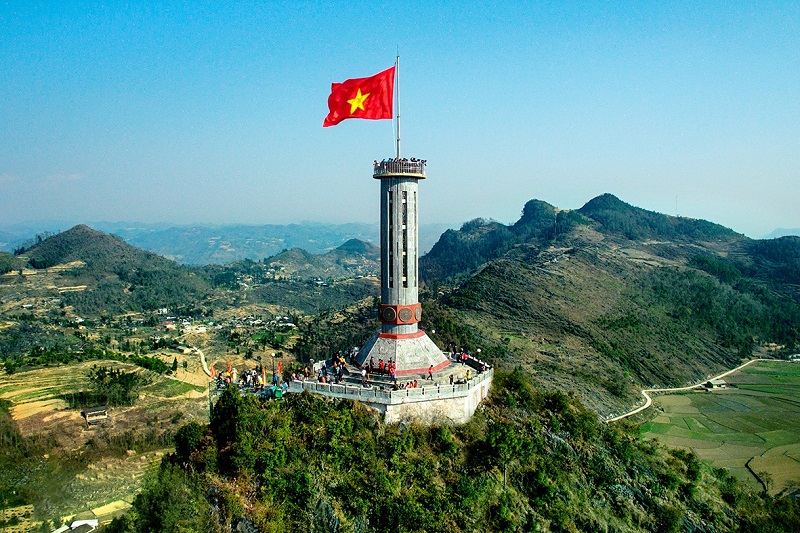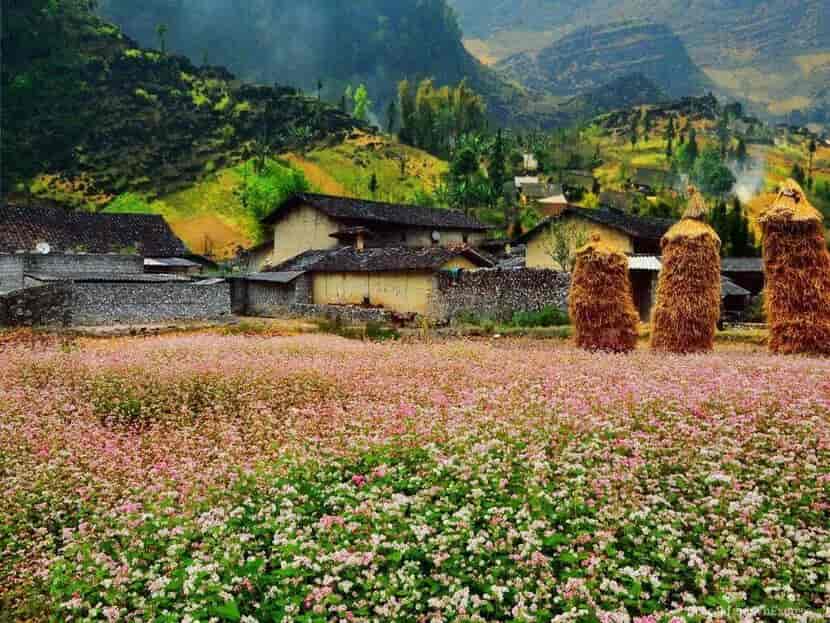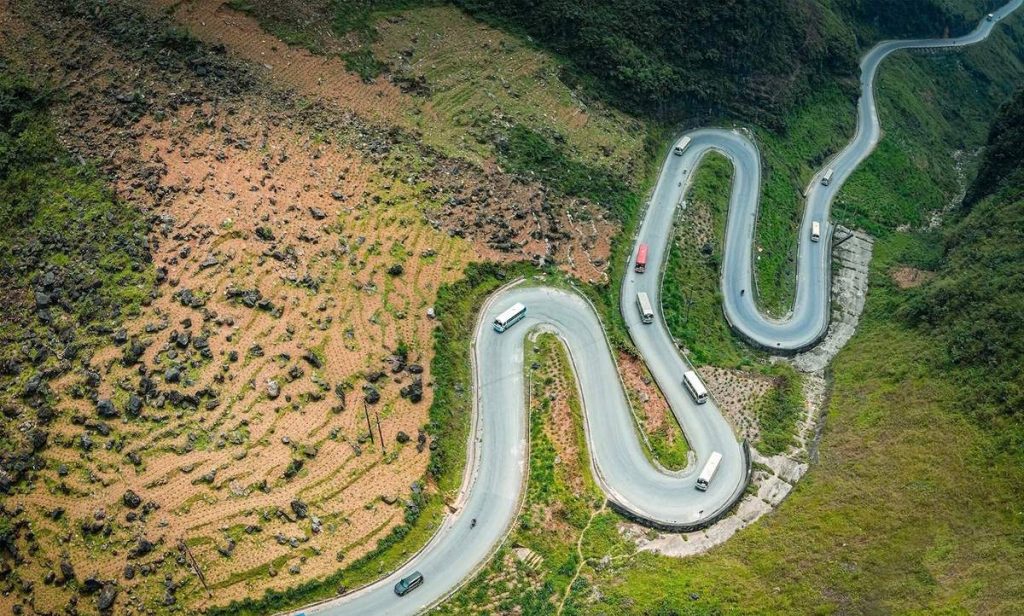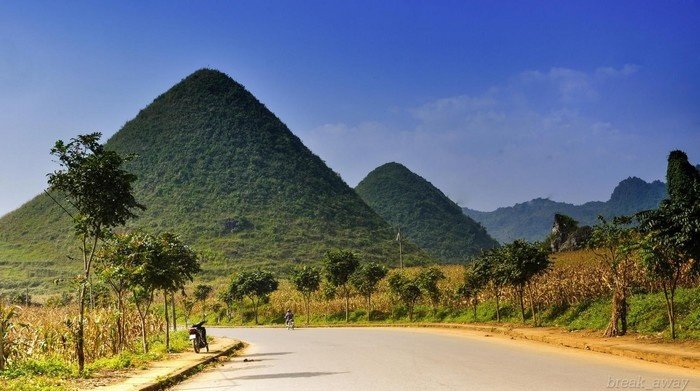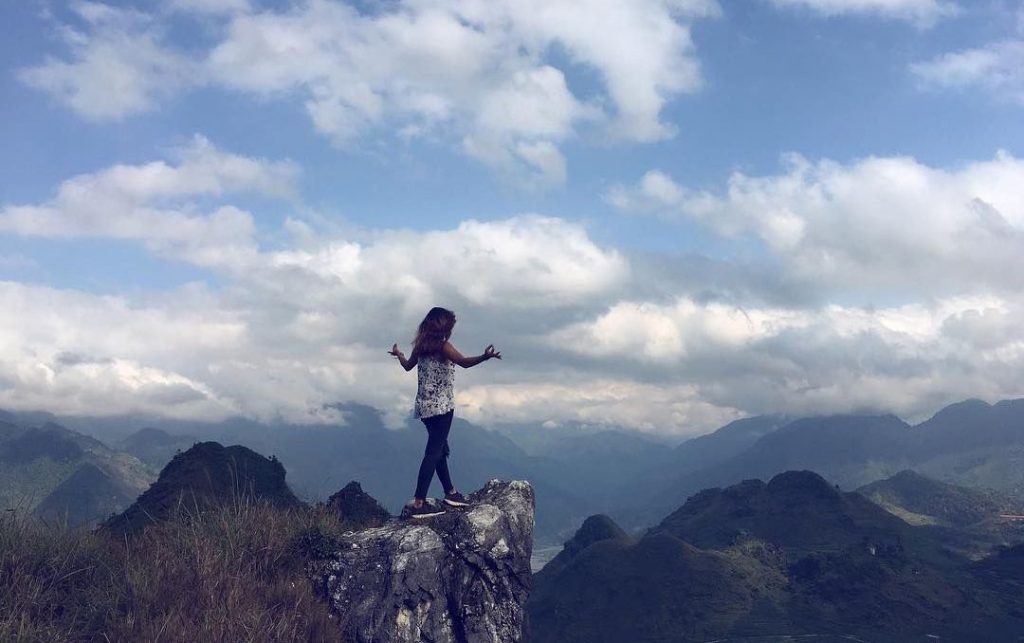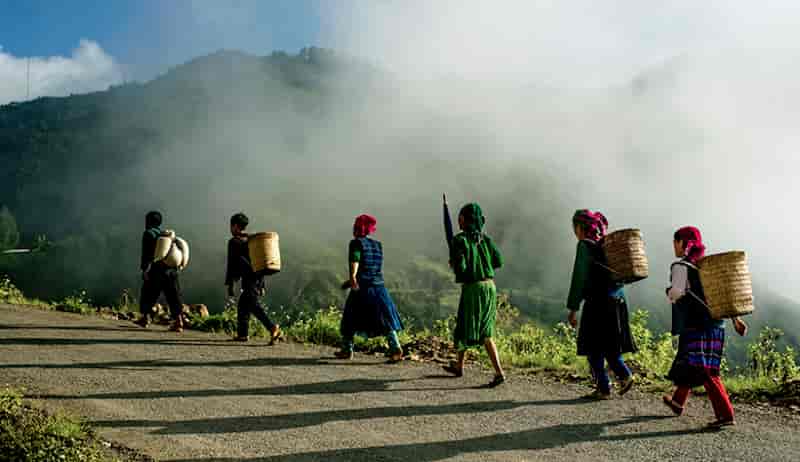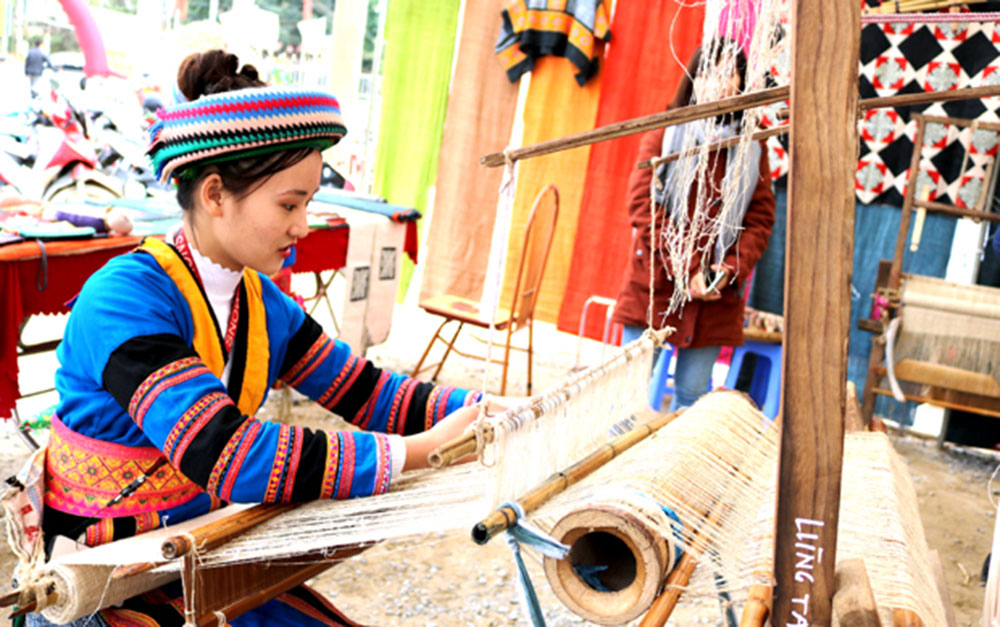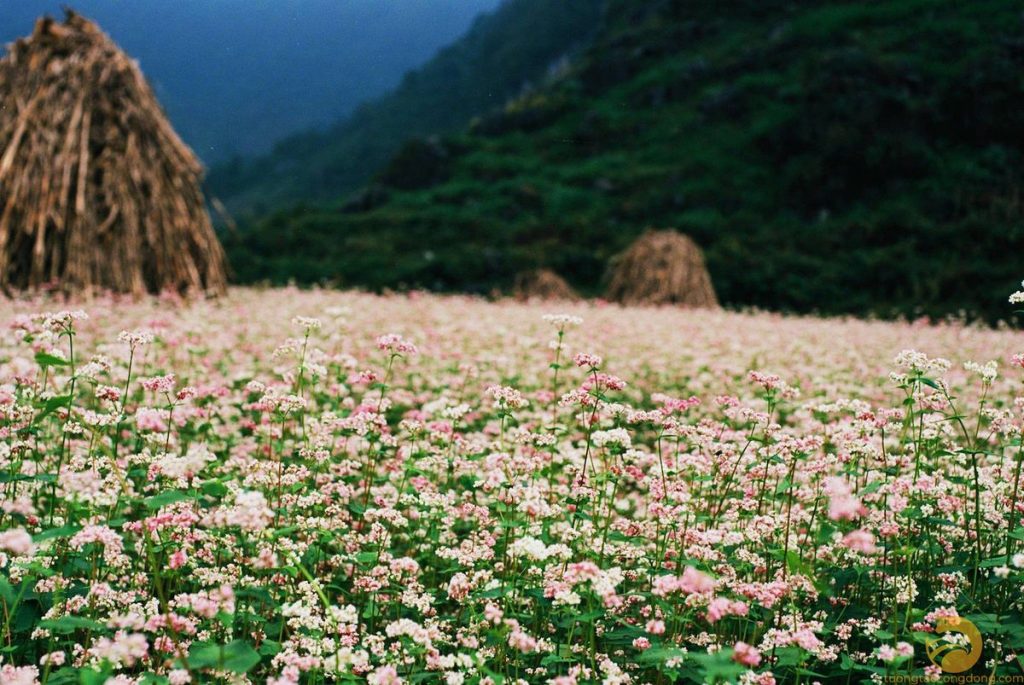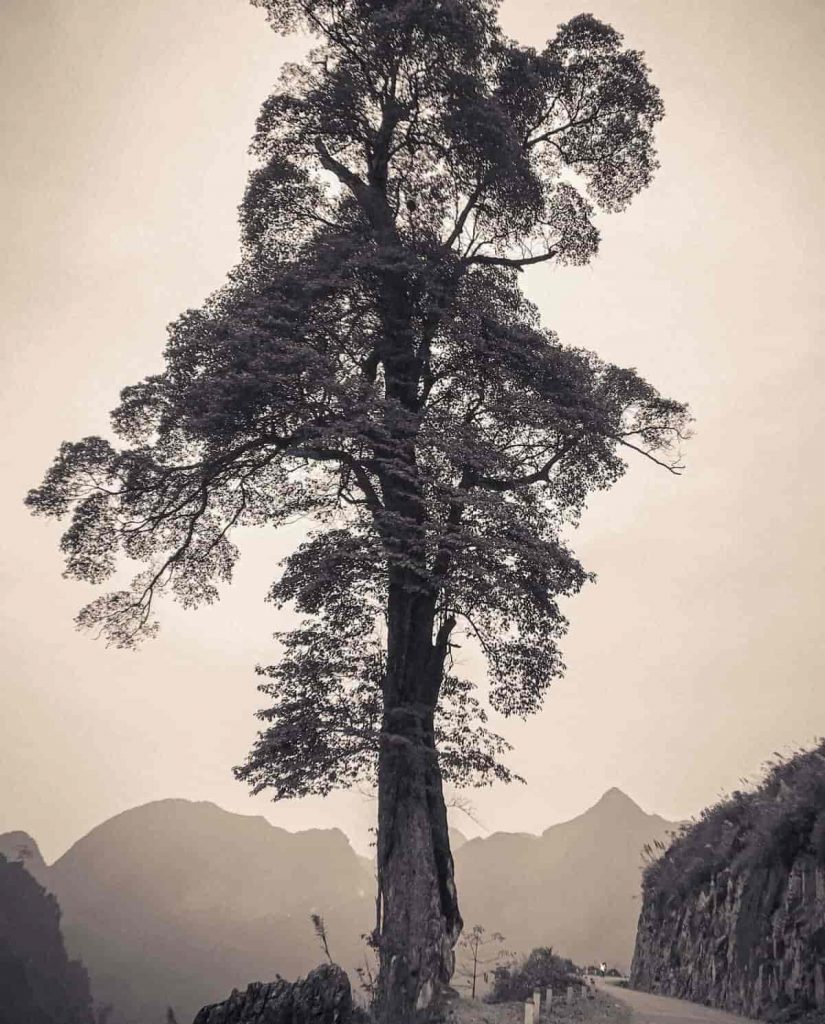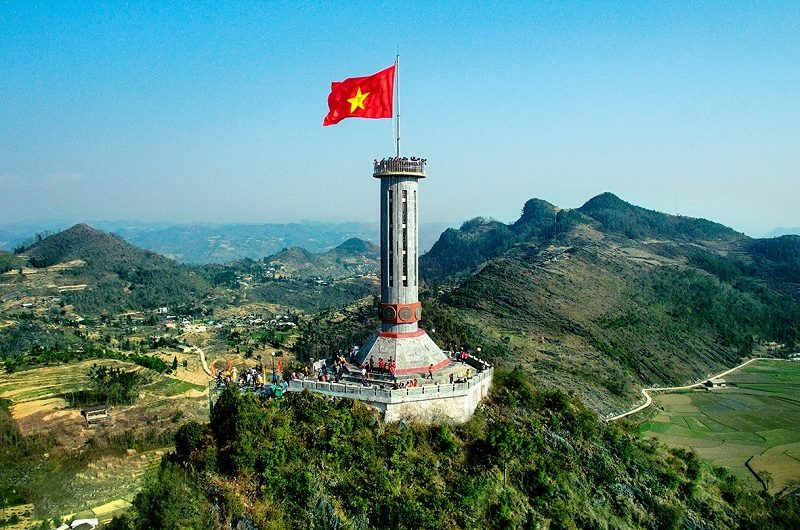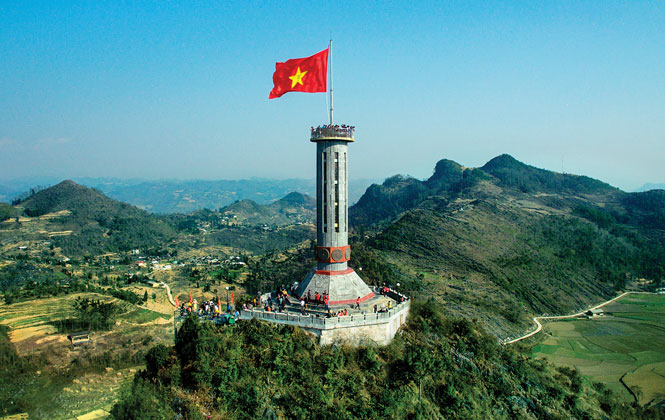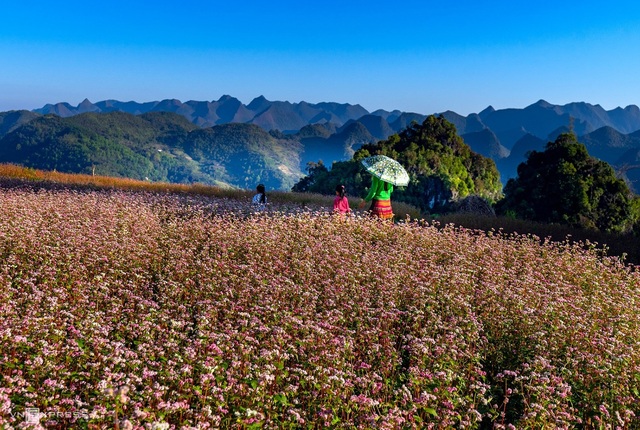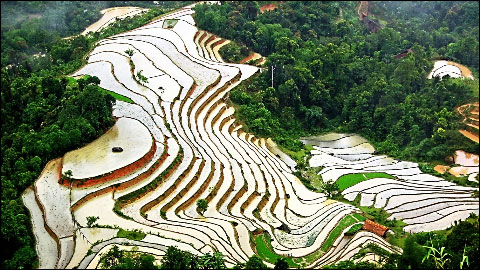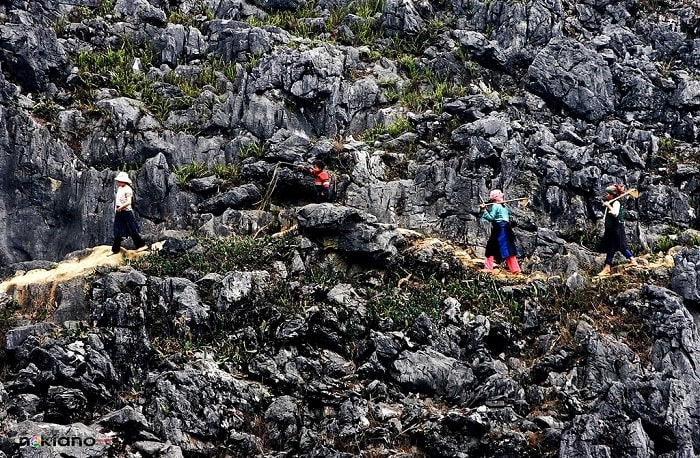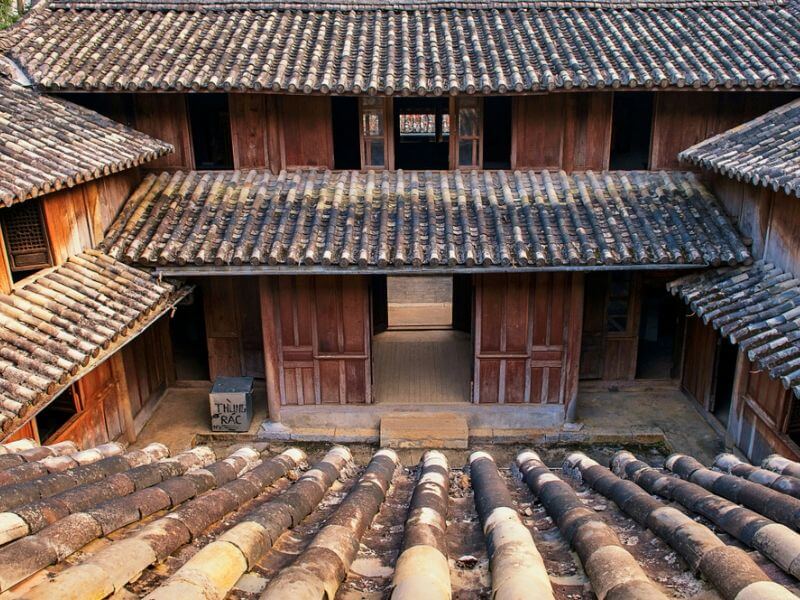Ma Pi Leng Pass is often likened to the “Four Great Mountain Passes” of Vietnam, with its extremely challenging hairpin bends and winding roads. It’s one of those mountain passes that every young traveler wants to explore and set foot on, especially for those who love speed and adventure. If you’re unsure about how to reach Ma Pi Leng, follow the article below by Danang Private Car’s for more detailed information!
Where is Ma Pi Leng Pass Located?
Ma Pi Leng Pass is situated on National Highway 4C, which is one of the vital routes connecting the city of Ha Giang to the most famous and distinctive tourist destinations in Hà Giang. Ma Pi Leng Pass is also known as one of the “Four Great Mountain Passes” of Vietnam, featuring extremely challenging and winding roads.
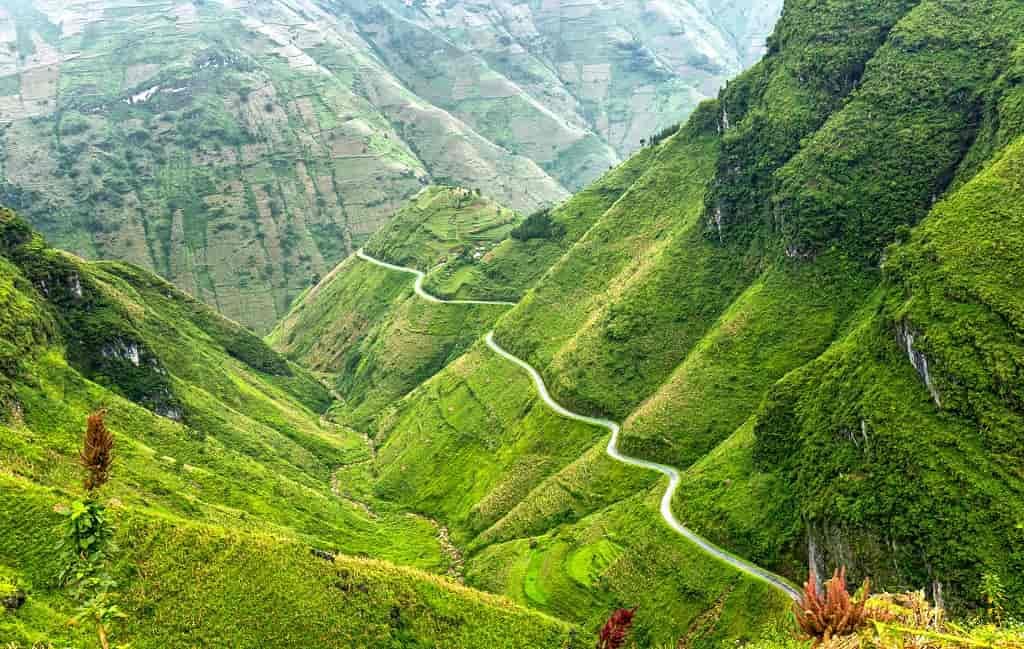
It’s not very difficult to reach Ma Pi Leng Pass as traveling on this road is the gateway to visit famous and captivating tourist spots in Hà Giang, such as the Nho Que River, the Dong Van Karst Plateau, and many other places that tourists always enjoy when visiting Ha Giang.
Information about Ma Pi Leng Pass, Ha Giang
Ma Pi Leng Pass is a mountain pass located at an elevation of over 20 km and traversing three communes in Meo Vac District, Ha Giang Province. The pass is situated at an altitude of 1,200 meters and is part of the Dong Van Karst Plateau. It lies along the road known as the “Happiness Road” that connects Ha Giang City to the districts of Dong Van and Meo Vac. Construction of this road began in the 1960s.

The construction of this road required the efforts of thousands of young volunteers from 16 different ethnic groups and 8 northern provinces of Vietnam. Mã Pí Lèng Pass plays a significant role in providing access to various tourist destinations.
Ha Giang is a captivating stop along this road where you can behold the entire landscape and scenery of the province. At Mã Pí Lèng, you can immerse yourself in the magnificent and picturesque natural surroundings.
When you visit Ma Pi Leng Pass, you will witness winding curves and the stunning vistas of limestone mountains. The scenery is adorned with vibrant and captivating natural greenery that makes Hà Giang a compelling destination for travelers.
When to Visit Ma Pi Leng Pass?
The land of Ha Giang is often compared to a mountainous maiden, with gentle and dreamy beauty bestowed by nature. Therefore, travelers can easily conquer and explore Ma Pi Leng Pass at any time of the year.
Ha Giang is a famous tourist destination that is beloved by many young travelers. It retains its timeless charm and, for this reason, Ha Giang attracts tourists year-round.
In the first few months of the year, from January to March, you can witness the beauty of cherry blossoms, plum blossoms, and various mountain flowers. These natural landscapes provide perfect opportunities for photos and relaxation when visiting Ha Giang.
Additionally, during the lunar March (around March in the Western calendar) each year, you can experience the cultural beauty of Khâu Vai Love Market, which is an intriguing and attractive tourist spot where you can learn about various local cultures.
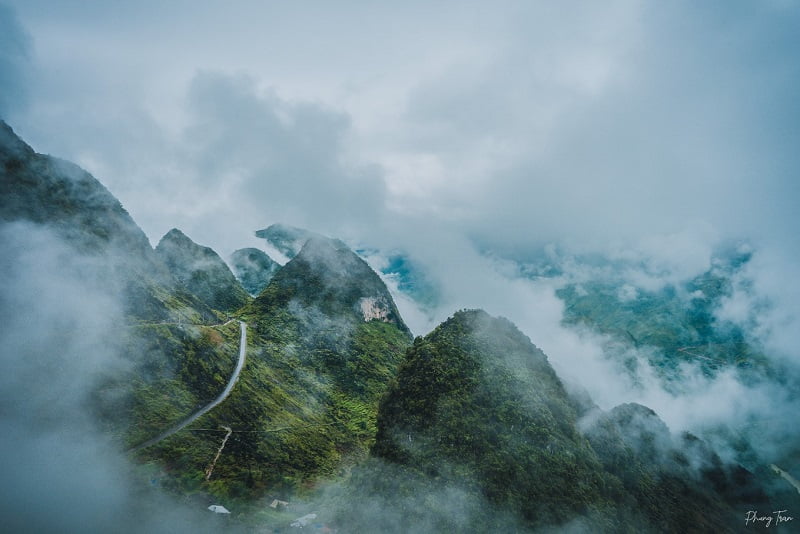
Around June, it is the time when travelers come to Ha Giang to enjoy the sunshine. During this time, you can experience the fresh and clean air of nature. June is the beginning of summer in the lowland area, with relatively high temperatures. However, Ha Giang’s mountainous region offers a milder climate compared to the lowland areas.
In September and October, you will be immersed in the fresh air of nature and have the chance to witness the beauty of golden ripening rice fields. This is the perfect time to visit Mã Pí Lèng and admire the stunning landscapes of Hà Giang.
In November, you will encounter a unique sight: the triangular circuit flower, which is one of Ha Giang’s national flowers. You can immerse yourself in a sea of colorful flowers and savor delicious local specialties.
Towards the end of the year, when you visit Ha Giang and Ma Pi Leng, you can feel the fresh air of nature and experience the cold climate of Ha Giang, located at the northernmost part of the country. Exploring the highland region provides you with extraordinary experiences.
Directions to Ma Pi Leng Pass in Ha Giang.
To conquer the Ma Pi Leng Pass, you must first reach Ha Giang. After arriving in Ha Giang, you can continue to explore and conquer the beauty of Ma Pi Leng.
Travel to the city of Ha Giang.
This is one of the transportation options that many travelers choose. From Hanoi, you can go to My Dinh Bus Station to catch buses heading to Hanoi. At My Dinh Bus Station, you can choose from various bus routes to reach Ha Giang, depending on your travel plans.
In addition to traveling by bus to reach Ha Giang, travelers can also choose to travel by motorbike for more flexibility. From the Hanoi area, you can follow the Thang Long Bridge route, then head to Viet Tri – Phu Tho, and finally take the route to Tuyen Quang and Ha Giang. Additionally, you can travel via another route by going through Son Tay from Hanoi and heading to Trung Ha Bridge, then turning onto Phu Tho Road and following National Highway 2 to reach Ha Giang.
If you plan to travel to Ha Giang by motorbike, you should trust your driving skills during the journey. Furthermore, when visiting Ma Pi Leng Pass, make sure to get your vehicle checked before starting your travel adventure.

If you are a first-time international tourist in Vietnam, you may find it challenging to find public transportation. Additionally, you might face higher prices. Therefore, for convenient transportation, consider renting a private car with a driver in Hanoi from DanangPrivateCar.com. Their professional English-speaking drivers will pick you up anywhere in Hanoi, and you can relax or visit tourist attractions along the way. Book your private trip from Hanoi to Ha Giang today for detailed itinerary advice.
Travel to Ma Pi Leng.
Ma Pi Leng is one of the mountain pass routes loved by many young people and a popular stop to explore the stunning landscapes and the incredibly fresh natural atmosphere of Ha Giang.
If you choose to travel by public transportation such as a passenger bus, when you arrive in the city of Ha Giang, you will still need to use another form of transportation to conquer the Ma Pi Leng Pass. Typically, tourists opt for motorbikes to easily conquer and explore the scenery of this place.
Preparing for the Ma Pi Leng Pass Expedition.
To reach the tourist destination of Ma Pi Leng, travelers need to travel by motorbike. To get to Ha Giang by motorbike, you need to explore the stunning mountain pass routes. Before embarking on your travel journey, ensure your motorbike is well-maintained so you can navigate the challenging passes and explore the landscapes in this area.
During your travel journey to Ha Giang, you should also check and monitor the weather to make your trip easier and more convenient.
Ha Giang is one of the provinces in the highland region. Therefore, for your travel and sightseeing, prepare long-sleeved clothing, especially during the cold winter days. The temperature in the highland areas of Ha Giang is considerably lower compared to other regions.

When traveling to Ma Pi Leng by motorbike, you should also prepare some protective gear for your feet and hands to prevent accidents and injuries during your journey to Ha Giang.
Additionally, when traveling to Ma Pi Leng, prepare personal items such as bandages, sunscreen, mosquito repellent, and some lightweight first-aid supplies.
For your travel journey, be sure to carry your driver’s license, vehicle documents, and other personal identification documents, as you may need them when renting a motorbike.
Exciting Experiences When Conquering Ma Pi Leng Pass in Ha Giang.
Conquering Ma Pi Leng Pass Road in Ha Giang.
Known as one of the “Four Great Passes” in the Northern Mountainous Region, this is a famous check-in spot that many young travelers adore when they set foot in Ha Giang. Over a distance of approximately 20 km, with winding and curvy sections, Ma Pi Leng is one of the most challenging places to conquer.
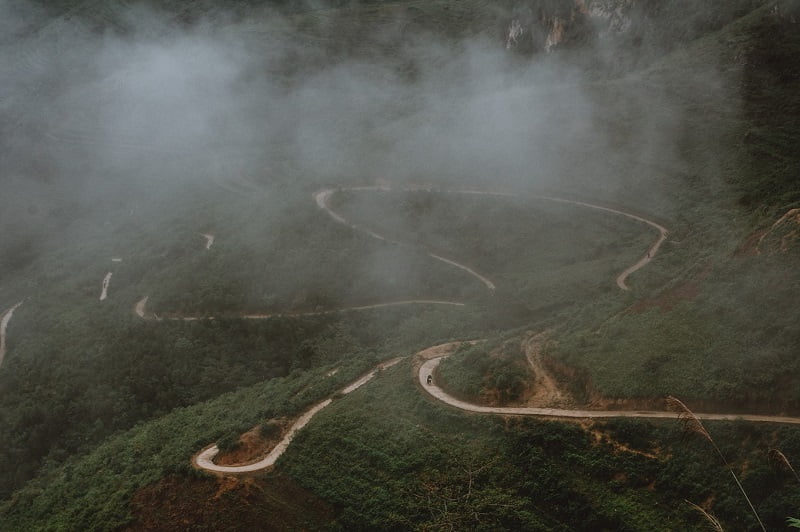
Traveling through the Ma Pi Leng Pass, you have the opportunity to explore and witness the entire beauty of Ha Giang. You can admire the breathtaking natural scenery with its winding curves and the lush greenery that adds a fresh and splendid touch to your journey.
Enjoying Sunsets.
At the Ma Pi Leng Pass tourist destination, you have the chance to witness incredibly beautiful sunsets. The image of the sunset every evening transforms the sky into a golden glow, creating a picturesque view.
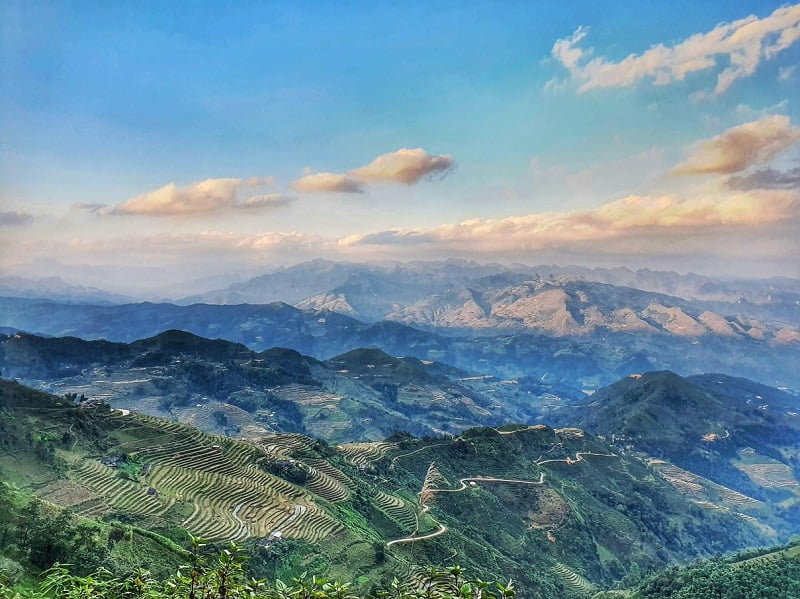
Moreover, when you visit the Ha Giang region, you’ll have the opportunity to see the lush green fields, especially when you stop in Ha Giang.
Capturing Photos with Highland Children.
Stopping in the Ha Giang region, travelers have the chance to meet the highland children. This is a cultural beauty of the highlands, especially in the Ha Giang area. You’ll encounter children wearing colorful clothes and carrying baskets full of beautiful mustard flowers.

These diligent children turn these flowers into gorgeous garlands to sell to tourists. Stopping in Ha Giang gives you the opportunity to experience the culture and appreciate the beauty of the local people.
Attractive Check-In Spots for Young People.
Ha Giang is one of the most appealing check-in spots for many young travelers who are excited to explore and witness the entire beauty of Ha Giang. When you visit the Ma Pi Leng Pass, you’ll be awed not only by the natural beauty but also by the opportunity to check in at the challenging and picturesque twists and turns.
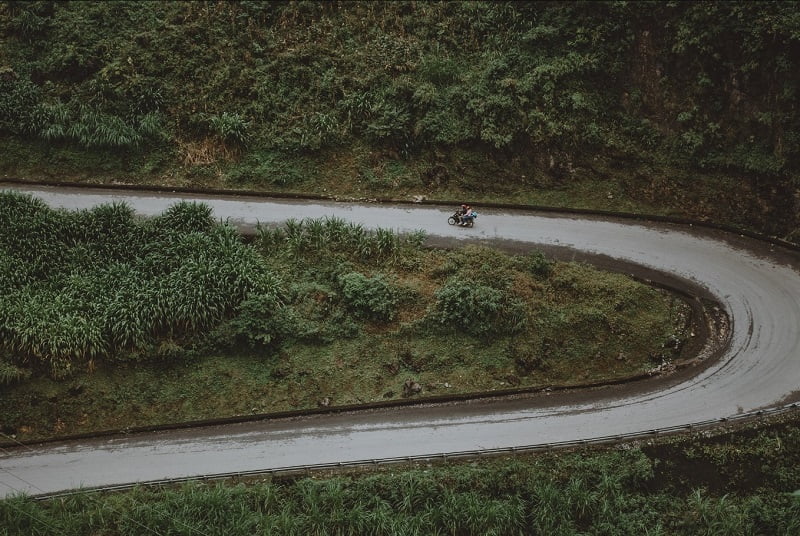
Additionally, you can take photos with many adorable and charming local children. When you arrive at Ma Pi Leng, don’t forget to visit the Panorama Coffee Shop, located right along the Ma Pi Leng Pass. Here, you can savor delicious coffee and witness the beauty of the Nho Que River.
With its harmonious, romantic, and idyllic image, along with the serene beauty of the Nho Que River, Ma Pi Leng Pass, with its winding curves through the mountain ranges, will encapsulate the wonders of nature within your gaze.
Beautiful Check-In Spots at Ma Pi Leng.
Cliff of death
One of the most famous and captivating check-in spots for tourists when they visit Ma Pi Leng, almost everyone who comes to Ma Pi Leng makes a stop here for a check-in. Cliff of death is situated precariously on the mountainside, making it challenging and adventurous. When you stop here, you have the opportunity to admire the entire view of the Nho Que River and the beautiful highland rock plateau of Dong Van.

Note: This is a very dangerous place, and there have been several tourists injured while taking photos here.
Panorama Coffee Shop
This is one of the most attractive and picturesque places for you to stop and check-in, famous for travelers visiting Ha Giang. Here, you can feel and observe the entire beauty of Panorama Pass, which is incredibly beautiful and appealing for tourists. This is an exciting place for travelers when they visit Ha Giang and Ma Pi Leng.

Boating on the Nho Que River
The Nho Que River is one of the famous stops for tourists. Besides exploring and conquering the beauty of Ma Pi Leng, tourists have the opportunity to admire the entire scenery of the Nho Que River. The Nho Que River with its captivating beauty is a sight to behold for travelers.

Stopping at the Nho Que River, you can also listen to the sounds of the mountains and the soothing sounds of the flowing water, creating a unique and refreshing natural atmosphere. The experience of sitting in a boat on the Nho Que River is an extremely enjoyable and wonderful experience when you visit the land of Ha Giang.
Savoring Exotic Cuisine
Northeastern Vietnamese cuisine has a peculiar and distinct charm. Specialties such as ‘thắng cố’ (a type of soup), ‘thịt trâu gác bếp’ (smoked buffalo meat), ‘lạp xưởng’ (sausage) are all delicacies that travelers should not miss when visiting Ha Giang. Have you heard of ‘rêu nướng’ (grilled moss)? The taste of this dish is out of this world, and once you try it, you’ll be hooked. Due to the cold weather, most dishes in Ha Giang are grilled, and they are best enjoyed with a glass of ‘rượu cần’ (local rice wine) to fully experience the culinary culture of this northernmost region of Vietnam.
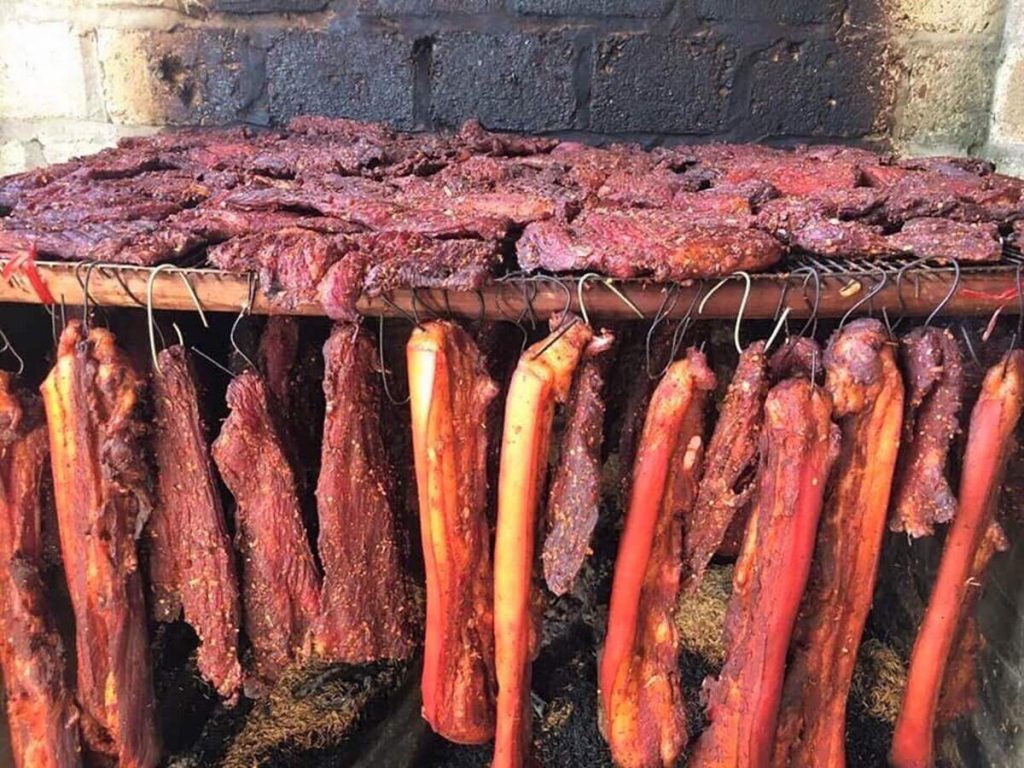
Above is the entire article about the Ma Pi Leng Pass, one of the four great mountain passes in Vietnam. Stopping here gives you the opportunity to explore the entire scenery of Ha Giang and discover the beauty of Ma Pi Leng Pass. If you are planning to visit Ma Pi Leng soon and are unsure of where to start your travel journey, feel free to contact DanangPrivateCar.com’s for more detailed information about the itinerary and this tourist destination!





